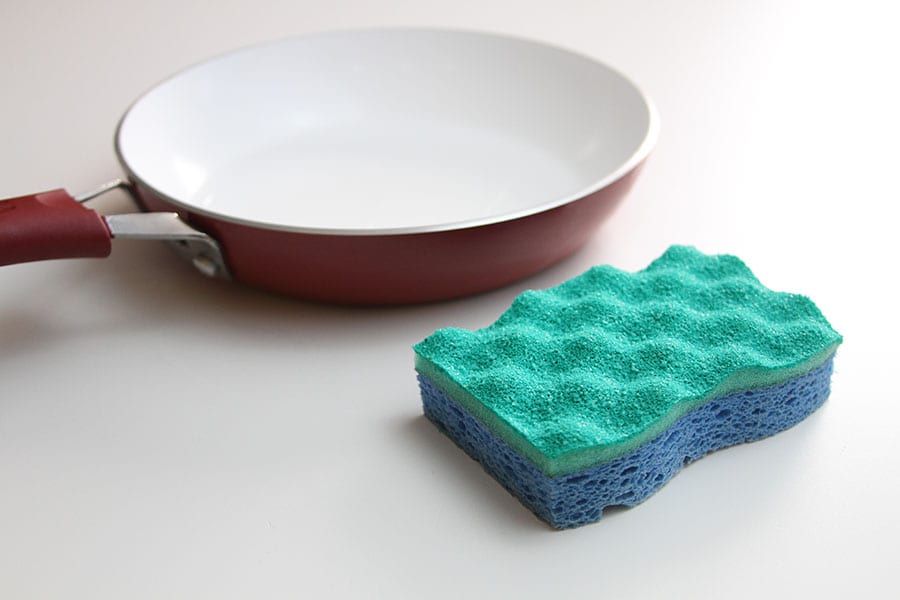You know that gray lump of a sponge you use with detergent to clean your dishes in your sink? It might be time to toss it and replace it with a new one.
Pulling out a brand spanking new sponge every week will keep you from spreading bacteria and viruses all over your kitchen, including illness-causing germs such as E. coli, Salmonella, and maybe even the coronavirus that causes Covid-19.

Photo Credit: Flickr
But how dirty is your sponge? A study published in the July 2017 issue of Scientific Reports suggests that kitchen sponges can get more germ-y than toilets.
Report author Markus Egert, PhD, professor for microbiology and hygiene at Furtwangen University in Schwenningen, Germany, and a team of researchers, noted there were 362 different kinds of bacteria living inside kitchen sponges. They found approximately 5.5 trillion microscopic bugs per sponge.

Photo Credit: Flickr CC Your Best Digs
If you would rather try to clean your sponge instead of replacing it every week or two, Egert suggests using a washing machine at 60° C (140° F), and using a bleach-containing, heavy-duty detergent.
Another acceptable way to clean a kitchen sponge is to lather it up with soap and flush it with water. Then put it in the microwave oven for two minutes. You’ll want it be wet so that it doesn’t start a fire in the microwave.

Photo Credit: Pixabay
Store your sponge in a holder to dry out between uses and don’t use the same sponge for cleaning dishes and surfaces, especially outside of the kitchen, like in your bathroom.
Finally, if you really don’t like the idea of bacteria growing in your kitchen, use silicone brushes and scrubbers. Those don’t have the same kinds of germ friendly surfaces of your sponge. Or use microfiber washcloths and wash them in your washing machine on high heat after using.
Using a sponge around the kitchen can be convenient. But, for a safe and clean kitchen, be aware of how long you keep the same one by your sink. You may be spreading some pretty gross stuff around.
The post This Is When You Should Replace Your Nasty Kitchen Sponge appeared first on UberFacts.